Guardian of a Land's Nature and Culture - Interview with Prof. Chung-dwan Kuo Landscape Architect
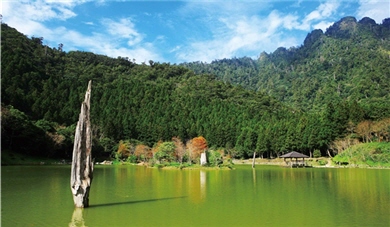
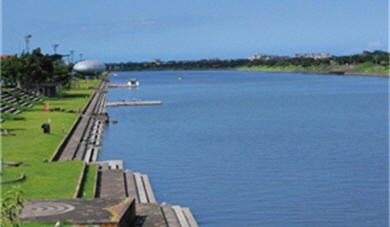
There are reasons why Taiwan is also known as "Formosa," the "beautiful island." Despite its size, its unique location and diverse landscapes have nurtured an abundant ecological resource, and travelers can view different natural sceneries without having to travel too far. On the other hand, besides the local Austronesian and aboriginal culture, cultures from Spain, Netherlands, Japan, China, and America have all influenced this island. Whether it is nature or culture, Taiwan is magnificent in both regards.
Taiwan has seven national parks to protect the beautiful landscapes, history and keep the environment sustainable. However, the over development caused by human jeopardizes the relationship between human beings and natural. Fortunately, there are always people in Taiwan who see and correct mistakes. Completed in 1994, Dongshan River Water Park in Yilan is one of such examples. This local landmark shows how rivers should be managed ecologically instead of being "controlled" by us, and how river tourism and local elements can be combined together.
Giving Dongshan River a New Life
This project that widens our perspective was managed by Prof. Chung-dwan Kuo. Having been well-schooled, Kuo herself is an example of how "a professional intervenes and creates beauty." Seeing how dealing with a single building could not improve nature, she transferred to urban planning but later thought that road planning and zoning were not about aesthetics. Eventually, she chose landscape architecture since it allowed her to improve the environment in the friendliest way and come up with a great scenery by showing the nature and culture on a certain piece of land.
Kuo has given Dongshan River a new life, and this dream of hers originated when she was a spectator in a dragonboat race in Danshui River, which was then heavily polluted with a foul stench. At that time, Kuo decided that one day she would do her best to restore a river in order for people to co-exist with water in peace.
Of course, Kuo's ambition was not just about helping people get closer to water but also the entire natural environment and its culture. Such love for nature has always been with Kuo, who grew up on Wenchou St. in Taipei, and the elementary school and NTU she attended were all close to rice fields where she did life drawings.
These experiences are an important part in her" cultural foundation." She often dreamed about her homeland when she was studying in Japan, and she later returned to Taiwan to teach in NCKU, Tainan. Seeing the salt and rice fields after returning from Sitsao reminded her of what she saw in her dreams, and she also had tears when she passed by green bamboo forests in Yilan.
Passion and Identification
What Kuo demonstrates is her passion for and identification with the land, which is the most critical attitude we must have when dealing with nature. Kuo pointed out that the earlier rulers of Taiwan treated this island like a temporary colony; lands were sold like commodities, and the emphasis on economic development has led to many aftermaths that have damaged this island. Kuo pointed out one important thing: "Land is the basis for everything; without it, there would be nothing left!"
For our future generations, the issue of "sustainable environmental development" is more critical than economic issues - not only for Taiwan but also the entire world. Kuo is concerned with the issue of global warming. When she was in the Arctic a few years back, she saw receded ice fields and miles of oil pipelines. If the sea level continued to rise, the MRT lines in Taipei would probably be under water.
Kuo would like to remind developers in the world to take a serious look at Earth's fragile ecosystems. When the enthronement is well, good natural sceneries will be there. However, this does not mean good sceneries do not have to be fought for or protected. In 1973, a senior couple filed a lawsuit against a housing developer who constructed an apartment that obstructed the beautiful sceneries they had enjoyed. The couple won the lawsuit for the reason that they were insulted psychologically, and this is the source of the "right to landscapes" in Japan (known as the "right of viewing" at that time).
This shows how important it is to be able to enjoy beautiful sceneries without restraints. Seeing nature through a tiny window - or seeing nothing at all, is not different from being in a prison cell.
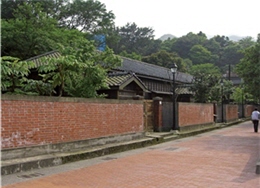
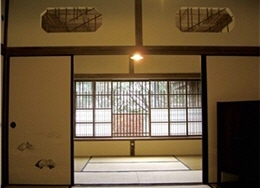

Interview & Text / Chia-chun Lan
Photographer / Wan-ching Lai 、Chia-chun Lan、Jin-yuan Dai
Photo provided / LEF, Laboratory for Environment & Form
Translator∕James Chang
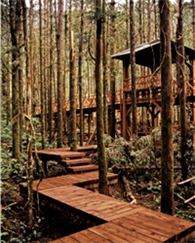
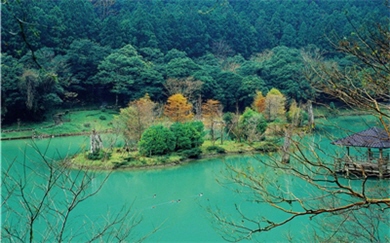
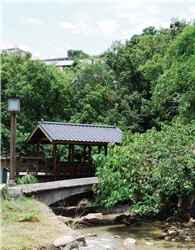
The Art of Four-Dimension
What Kuo felt in her experience of teaching in Taiwan, leading the Dongshan River restoration, MingChin Forest Recreation Area program, and running an environment consultation firm is that the officials and public in Taiwan are too hasty to see results. Environmental planning, however, is a four - rather than three, dimensional issue since "time" is a major factor, and natural or culture sceneries only become valuable after a lengthy progress. Take the "Moss Temple" in Kyoto, Japan, for example; how could this ancient temple be covered with moss if time was not given? Kuo also said that the before entering this temple, the tourists are asked to manually transcribe a passage of Buddhist doctrines. It is true that we must first take some time to calm our mind before we can see the true beauty.
Similarly, environmental restoration also requires time. The government today tries to shorten the progress in order to see results quickly. However, it would be pointless if the results they see are wrong when all they care about is speed. Furthermore, today's people are overly reliant on technologies such as computers and software, not realizing that they have lost the opportunity to "experience nature" with their own senses as well as the interactions with nature.
Respecting Nature and History of Environment
Any piece of land has its own historical background and characteristics, and a designer must think comprehensively in order to manifest the beautiful and touching elements.
Take the relationship between Yangmingshan and Taipei City for example; Kuo asked us, "Have you seen any other capital that is so close to a national park?" Besides Yangmingshan's geographical feature, its geological qualities and hot spring facilities have also shaped its natural and cultural attractions. Dongshan River Water Park utilized Yilan architectural styles and was built by local workers, making it a true" local feature."
Let's look at another project of hers: Beitou Hot Spring Park. The "Hokutolite" ("Beitou Rock") is the core of the entire conservation project. If it was gone, "the environmental implication would be gone as well." Therefore, it is important to respect the original, local features. This is why Kuo rejects the idea of applying the Dongshan River model to other locations.
"Following nature's essence" is the value of ecological engineering. "Ecological efforts are the results of our attitude," said Kuo. If we treat the environment with the correct attitude and methods, nature will be better, and beautiful sceneries - a space for us to fully relax, are merely the end outcome. Kuo's landscape works are seen all over Taiwan, and they are the results of such belief.
The short-haired, spirited Prof. Kuo looks like a sexy heroine who will continue with her mission. Kuo sincerely wishes that people living on this land "could focus more on trying to see the future and hear what nature is trying to say." That would be a harmonic symphony between nature and culture.
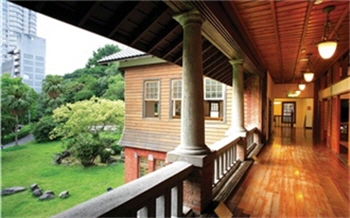
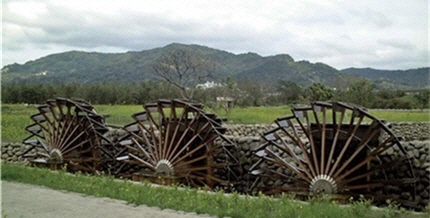

About Professor Chung-dwan Kuo
Bachelor of architecture(Tamkang University). Master's of Architecture( Nihon University). Ph. D. of architecture and urban studies (Waseda University). Have taught in Tamkang University, Tunghai University, NCKU, and CYCU.
Founded Chung-ya Environment Design Consultation Firm in 1992 and received numerous awards for her ecological efforts, including: the 15th "Architecture Magazine" Award of Design for Excellent International Collaboration, 1st ∼4th National Landscape Design Award by CPI, and the landscape award in the 1st Taipei City Urban Design.
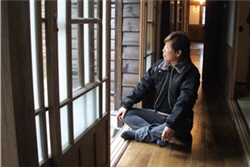


![Text size [Small]](/media/system/images/font_small.jpg)
![Text size [Medium]](/media/system/images/font_normal.jpg)
![Text size [Large]](/media/system/images/font_big.jpg)





